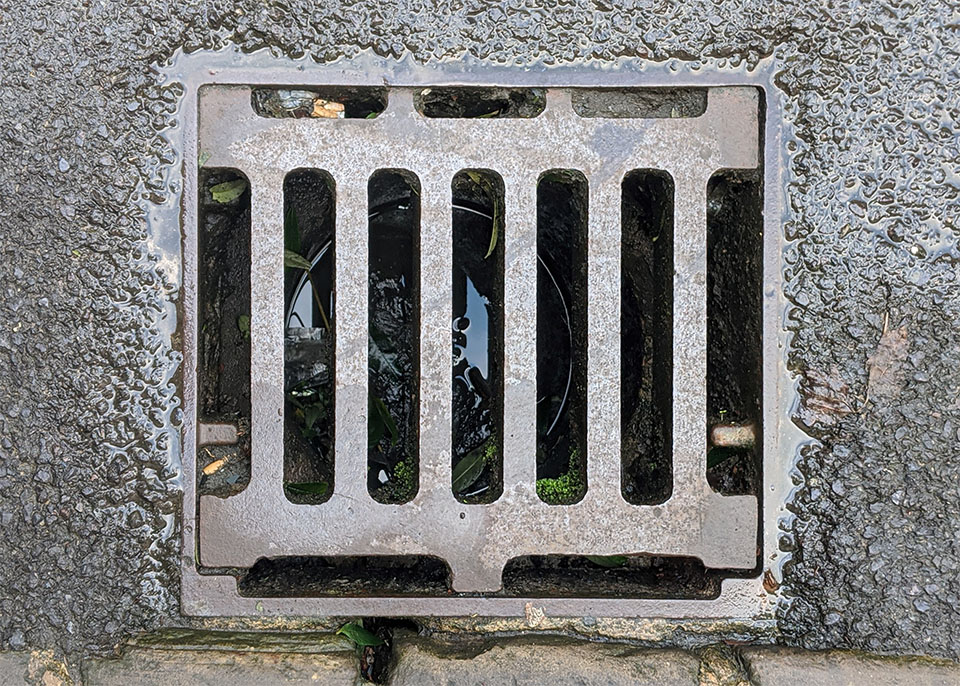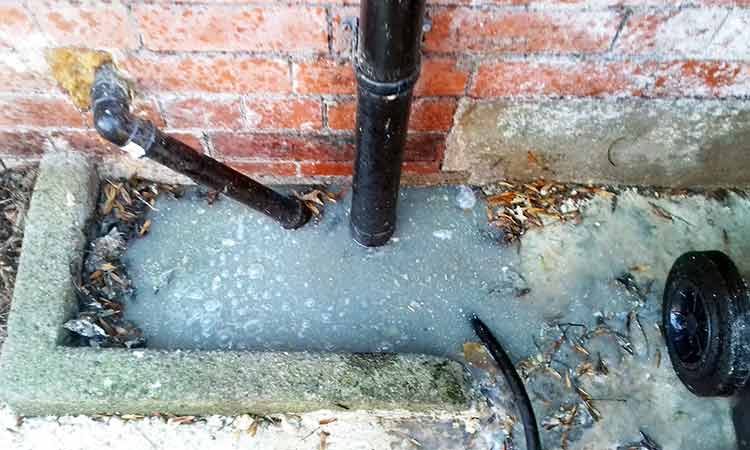We have unearthed this post relating to How to handle a clogged drain in your home below on the web and figured it made sense to share it with you in this article.

Intro
Dealing with a blocked drain can be an aggravating experience, interrupting everyday activities and potentially creating damage to your residential property. Nevertheless, prior to connecting to plumbing experts, there are steps you can require to address the problem yourself. In this guide, we'll discover DIY solutions and preventive measures to deal with a blocked drain effectively.
Determining the Issue
The initial step in resolving a blocked drain is identifying the indications. Slow water drainage, gurgling audios, foul odors originating from drains pipes, or water backing up prevail indicators of a blocked drain. Identifying these signs early can aid protect against even more issues.
Choosing the Right Plumbing Service
When selecting a plumbing service, consider variables such as experience, licensing, and consumer reviews. Choose a respectable plumbing professional with a performance history of top quality workmanship and clear pricing practices.
Cost Factors to consider
The price of expert drainpipe cleaning services can vary depending on the seriousness of the blockage and the plumbing technician's rates. Demand quotes from multiple carriers and ask about any surcharges to guarantee openness and stay clear of shocks.
Security Precautions
When attempting DIY drain cleansing, prioritize safety and security. Wear safety handwear covers and eyeglasses to prevent contact with damaging chemicals or bacteria. Never blend different drain cleansing items, as this can generate harmful fumes.
Situation Studies
Real-life examples show the performance of DIY services and the significance of prompt professional intervention in resolving drainpipe obstructions.
Typical Sources Of Obstructed Drainpipes
Understanding the elements that add to drain obstructions is vital for efficient resolution. Typical offenders include hair, soap scum, oil, food debris, and international objects like sanitary items or paper towels. Tree roots invading underground pipes can likewise create substantial blockages.
Do it yourself Solutions
For minor obstructions, several DIY solutions can be reliable. Pouring boiling water down the drainpipe can assist liquify grease and particles. Sodium bicarbonate and vinegar or a mix of salt and cooking soda can act as natural cleaners. Using a bettor or plumbing serpent to dislodge obstructions is another alternative.
Devices and Equipment
Having the right tools handy can make do it yourself drainpipe cleansing much more effective. A bettor is a versatile tool for getting rid of blockages in sinks, toilets, and showers. A plumbing snake or auger can reach much deeper clogs, while drainpipe cleaning chemicals can be made use of very carefully for stubborn blockages.
Safety nets
To prevent future obstructions, adopting preventive measures is critical. Install drainpipe guards or strainers to capture hair and debris prior to they get in the pipes. On a regular basis flush drains pipes with warm water to dissolve grease buildup, and prevent dealing with grease or solid waste down the tubes.
When to Call a Professional
While DIY services can resolve small obstructions, specific indications indicate the demand for expert assistance. Persistent clogs, foul odors regardless of cleaning up initiatives, or numerous drains pipes backing up all at once are warnings that call for skilled intervention.
Verdict
By complying with the ideas laid out in this guide, you can efficiently tackle obstructed drains and stop future plumbing issues. Whether choosing DIY options or seeking specialist assistance, timely action is vital to preserving a healthy and balanced plumbing system and preserving the honesty of your home.
How to Clear a Clogged Drain Yourself (And When to Call In the Professionals)
What Can Clog a Drain
Dirt Skin flakes Hair Grease Soap scum Food Offset pipes Tree roots Small objects Mineral buildup DIY Tricks to Unclog a Drain
You can fix this! Once you have identified the source of the clog (or have a vague idea), you can try one or a combination of these fixes in order to clear your plumbing.
Wire Hanger or Snake
Untangle and clear out hair from a drainpipe with a homemade snake. Use a straightened-out wire hanger with a 90-degree angle hook to locate the clog and drag out any unwanted material.
Remember not to push the clog further down to where the wire hanger cannot reach! If you need to follow up with a plunger, give it a try. Your efforts might be more successful after it’s been wire-snaked.
If you want to get fancy and don’t have a wire hanger to spare, head to the store and pick up a hand-operated drain snake. You can get one for $10-$30. It may save you the hassle, and provide additional length to reach deep into the clogged pipe.
Plunger
A cup plunger has a suction cup attached to a wooden handle. The rubber creates a seal around the drain, and increases the pressure force of the plunger.
Plunge for 30-second increments to loosen the clog. This may need to be repeated over the course of 15-20 minutes. Once plunged, run the water to flush the remaining material out of the drain.
Remember– never use a plunger if you have used a chemical drain cleaner. These chemicals can splash up from the force of the plunger and cause serious injury or burns.
Boiling Water
Hot water can sometimes break up materials into a flushable amount. Dirt, grease, and soap buildup requires heat in order to unstick from surfaces.
Take your kitchen kettle and heat your water to a boil. Once it reaches a rolling boil, pour it directly down the drain into the blockage. Carefully follow with plunging, if necessary.
Don’t worry if this takes more than one try! It can often take multiple kettles and repeated plunging in order to clear a particularly stubborn clog.
Chemical Drain Cleaner
As a last resort, pick up a bottle of chemical drain cleaner. Drain-cleaning chemicals are potent, and not very good for the environment.
You may need to wear protective eyewear in gloves before handling your bottle of chemical drain cleaner. Follow the instructions printed on the bottle, and flush with water as soon as the instructions allow. Do not follow with plunging.
Baking Soda and Vinegar
As a safer alternative to chemical drain cleaner, baking soda and vinegar can create a chemical reaction that clears tough clogs.
Combine one cup of cleaning vinegar with one cup of boiling water, and set aside. Once you have done this, pour half a cup of baking soda down the drain. Give the baking thirty seconds to settle and cover a large portion of the problem drain.
Following the baking soda, pour down your vinegar and hot water solution. Once the vinegar and baking soda combine, the mixture will bubble and fix. Let this reaction fizzle in the drain for about an hour.
After an hour, follow with a kettle’s worth of hot water. The heat and liquid should flush out any remaining material.
When to Call a Plumber
If your DIY attempts haven’t cleared your clog drain, it’s time to call in a professional. It’s not worth losing access to your kitchen sink or high-traffic bathroom. A clog in a vital area can keep you from the things you’d rather be doing, and derail your routine.
Anytime a clog is causing water to spread is a time to call in a plumbing service. What starts out as a little bit of water can quickly grow into serious, expensive water damage.
Additionally, a serious clog can result in burst pipes or serious leaks. Make sure you know when to take it seriously!
https://myguysnow.com/how-to-clear-a-clogged-drain-yourself-and-when-to-call-in-the-professionals/

I stumbled upon that blog posting about 8 Tips For Clearing A Blocked Drain when exploring the internet. Do you know somebody who is enthusiastic about the subject? Do not hesitate to share it. I praise you for your time. Don't hesitate to check up our site back soon.
Call